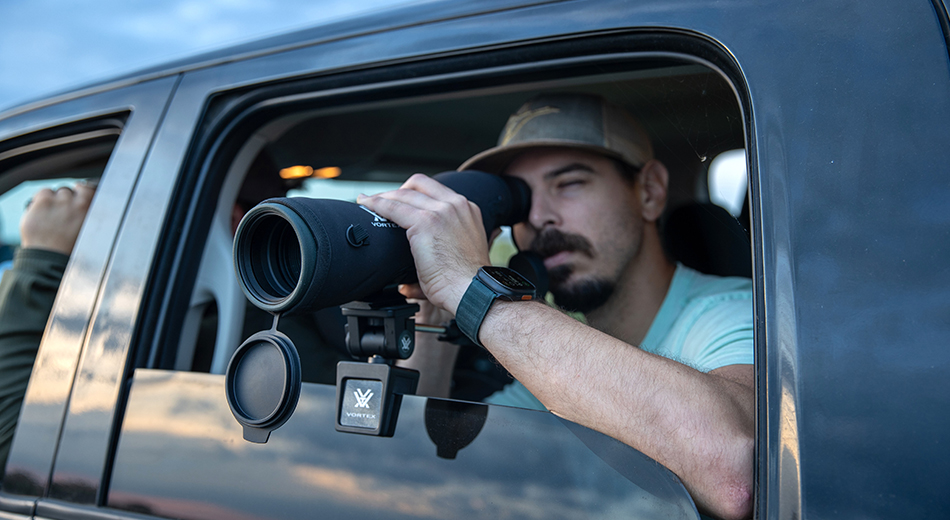
Six Quick Tips for Scouting Early-Season Honkers
By Bill Miller
The din of Canada geese has become fairly universal practically year-round from coast to coast. But come late August and September, it especially sends shivers down the spines of waterfowl hunters in the nearly 40 states that use early seasons to manage populations of resident geese.
Finding the “X” for opening day and throughout the rest of the early season relies heavily on the scouting you do immediately before the season and as it plays out. Here are six quick tips to get you on the birds and keep you on the birds.
Equipment
Key tools for scouting are: binoculars, a hunting-focused mapping app on your phone, your truck and good tires. If you really want to get an “up close” look, a spotting scope with a tripod makes a nice addition.
Team Sport
You can scout by yourself, but it’s a lot more fun—and frankly safer—to scout with at least one buddy. One person concentrates on keeping the truck between the white lines (or in many cases, on the gravel) while the others watch the birds and shout out directions.
When?
The actual hunting of resident geese is usually squeezed in around a full-time job, unless you’re so addicted that it’s what you save your vacation for. So, that means your hunting time before or after work is limited. When you’re scouting before opening day, you have the luxury of locating and watching birds at the same time—morning or evening—that you’ll be hunting them. In season, you’ll likely be scouting for hunting at the “opposite” time of day. Keep that in mind as hunting pressure changes and the “dumb birds” get thinned from the flock.
Dress Up
Nobody’s telling you to wear a sport coat and necktie, but make yourself presentable—at least one of the people in the truck—when you’re out looking. When you find an “X” you’ll likely need to track down the landowner. Showing up on the front porch looking presentable can’t hurt. (Oh, and don’t leave your pile of chaw on their driveway!)
Study
When you find “the spot”, study the birds in the field and the geese arriving there. Jot down the size of the flocks. Note how they are positioned in the field. Early season, you’re almost always dealing with family groups of birds, so use the knowledge from studying the birds to help plan how you’ll set your decoys.

Stay Flexible
Morning or evening if you get to the field early enough to beat all the birds there, you can generally do well with just a few decoys—fewer than two dozen. Some family group or two have to be the “first” to make it to the field, so when you’re hunting it’s your decoys that are mimicking the first arrivals. If you’ve scouted the “X”, the geese want to be there anyway. Also scout opportunities to minimize your set up time. If your study notes a distinctive flight path over a patch of cover that can hide you well, just put a few dekes on the “X” and get in the cover—it’ll save set up and take down time for more scouting.
Remember, the first few days of the resident season you’re dealing with a lot of birds that have never seen a spread before! Take advantage of it.

